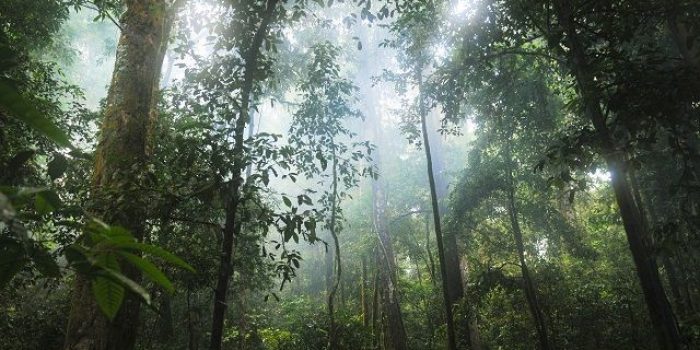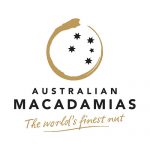The Brazil nut and the Amazon rainforest are inseparable and as deforestation, wildfires, and land grabbers destroy the rainforest, the negative chain effect begins. Therefore, the conservation of the Brazil nut and the Amazon rainforest depend on each other, thus affecting the millions of people who call the Amazon region home.
The Amazon rainforest is one of the most majestic, biodiverse, and environmentally important regions of the world. Covering an area of over 5.5 million km2 and spreading over various countries in South America, it is the largest rainforest on the globe. Located within the rainforest is the tough, delicious, and nutritional Amazonia (Brazil) nut. Over the past decades, the Brazil nut has grown to become one of the most important economic products of the Amazon[1].
Brazil Nut Origins

Brazil nuts are harvested in the wild of the Amazon rainforest. Their trees are massive and often times rise above the canopy of the rainforest. Each tree produces a fruit that encases anywhere from 10 to 20 individual Brazil nuts. Once these fruits ripen, they fall to the forest floor, waiting to be gathered from harvesters. Efforts to cultivate the tree outside of the wild have failed as the tree requires the extensive and complex ecosystem of the Amazon to flourish and produce Brazil nuts. Consequently, the production of Brazil nuts is rarely steady and this results in unpredictable harvests. Each year, the harvest is dependent on environmental, economic and political conditions of the area. (Picture courtesy of Tahuamanu SA.)
Once Brazil nuts are harvested, they are enjoyed around the world for their delicious taste, amplifying recipes or just serving as a tasty snack. Moreover, they provide various health benefits being high in fiber, vitamin E, thiamin and minerals such as selenium, potassium, zinc, magnesium, phosphorus, copper and manganese. They also contain more selenium than any other food on the planet.
Threats Against the Amazon Rainforest

Home to the Brazil nut, the Amazon rainforest currently faces some of the highest rates of deforestation as well as wildfires. In June 2020, Reuters reported that the deforestation of the rainforest could be at its worst levels in over a decade[2]. Regarding wildfires, the situation does not look any better. In July 2020, there were almost 7,000 wildfires in the rainforest, amounting to an increase of 28% compared to July 2019[3].
Furthermore, the rainforest is also threatened by “land grabbers”, which are individuals who clear paths in the Amazon for cattle pastures. Just from April 27 to September 9, 2019 alone, 2.8 thousand hectares of forest were illegally cut down[4]. Unfortunately, the expansion of cattle pasture usually takes away from Brazil nut harvesters.
Sustainability, Livelihood, and Conservation

Throughout the years, the growth and harvest of Brazil nuts from the Amazon has become a key resource and through its harvesting, known as “conservation-through-use”, it has supported millions of hectares of the rainforest[5]. The growth of the Brazil nut can be directly tied to the saving of the Amazon rainforest and due to the impact not only on the conservation of the rainforest, but also the impact on the local economies and livelihoods, the Brazil nut has been referred to by some as the cornerstone of Amazon forest conservation[6].
[1] Kainer, K. A., Wadt, L. H., & Staudhammer, C. L. (2018). The evolving role of Bertholletia excelsa in Amazonia: contributing to local livelihoods and forest conservation. Desenvolvimento e Meio Ambiente, 48.
[2] Spring, J. (2020, July 10). La deforestación del Amazonas aumenta en junio y podría ser la peor en una década. Reuters. https://es.reuters.com/article/entertainmentNews/idESKBN24B1XO
[3] Amazon region: Brazil records big increase in fires. (2020, August 2). BBC News. https://www.bbc.com/news/world-latin-america-53626544v
[4] Maisonnave, F. (2020, July 28). Amazon land grabbers are destroying brazil nut groves for cattle pasture. Climate Change News. https://www.climatechangenews.com/2020/07/28/amazon-land-grabbers-destroying-brazil-nut-groves-cattle-pasture/
[5] Laird, S. A., & Pierce, A. R. (2002). Tapping the green market: certification and management of non-timber forest products. Earthscan.
[6] Clay, J. W. (1997). Brazil nuts: the use of a keystone species for conservation and development. Harvesting wild species: implications for biodiversity conservation, 246-282.







